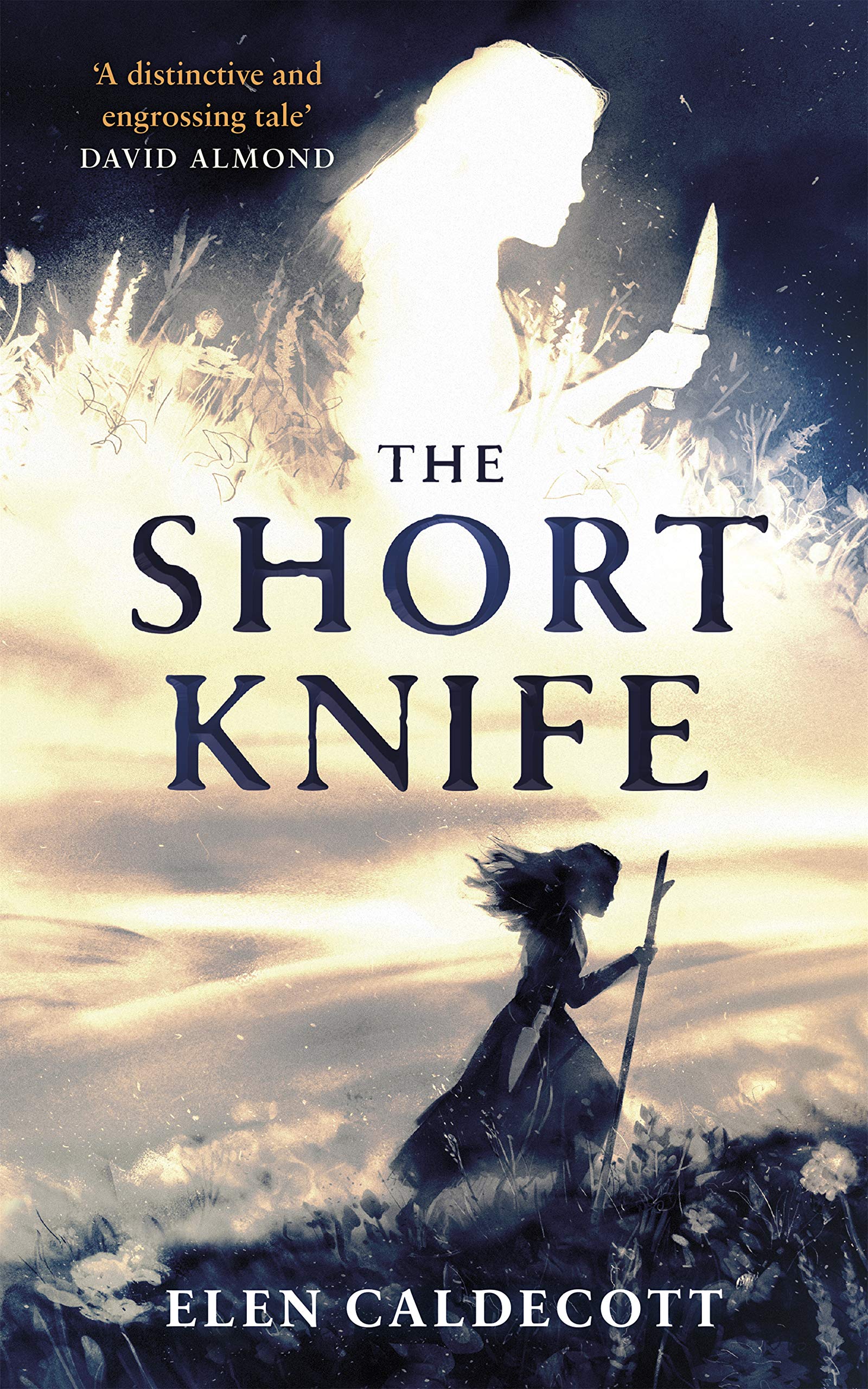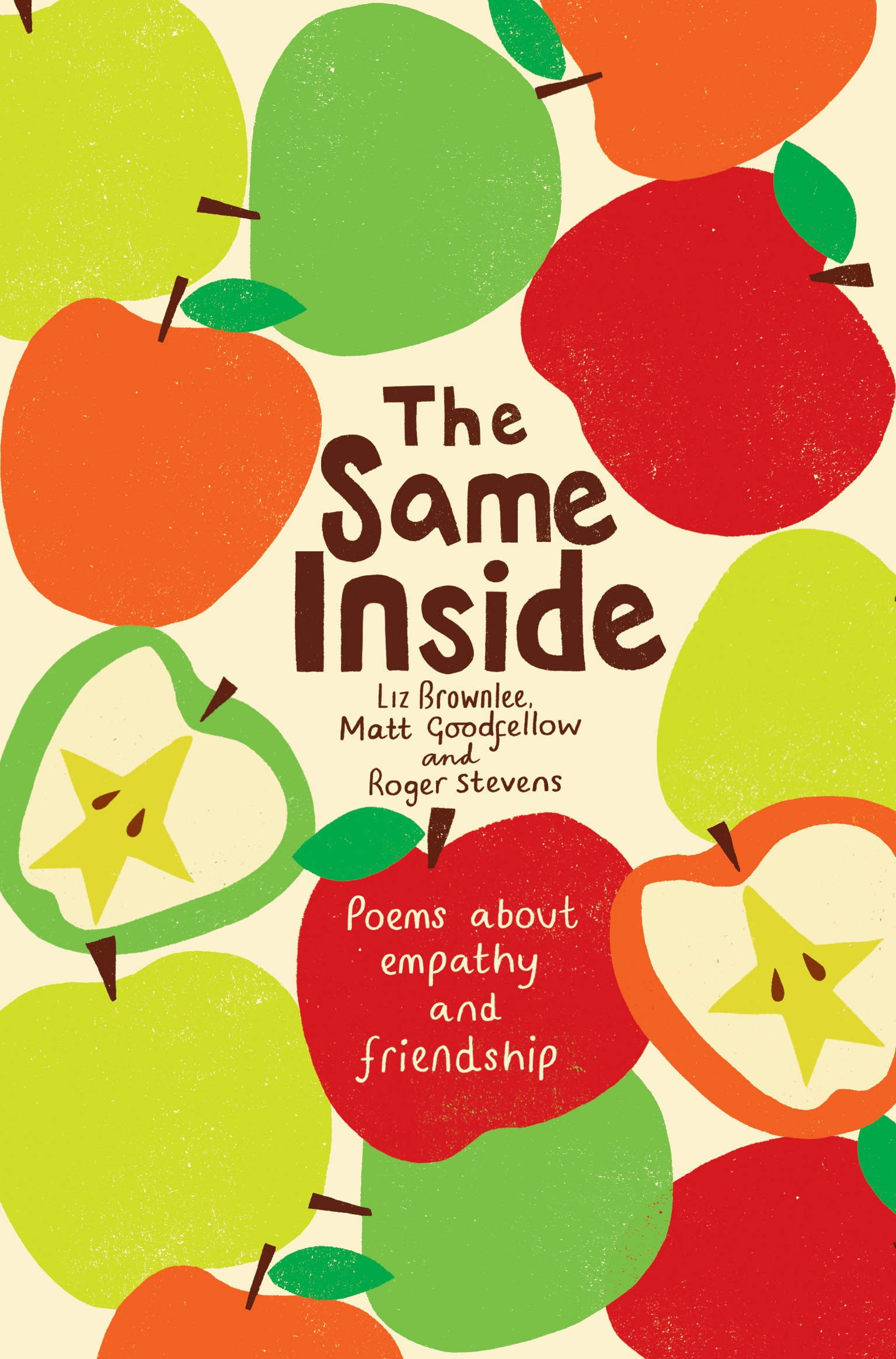J is for Dame Jane Goodall #AtoZ Challenge
The more we learn of the true nature of nonhuman animals, especially those with complex brains and corresponding complex social behaviour, the more ethical concerns are raised regarding their use in the service of man – whether this be in entertainment, as ‘pets,’ for food, in research laboratories or any of the other uses to which we subject them. This concern is sharpened when the usage in question leads to intense physical or mental suffering – as is so often true with regard to vivisection.”
This quote is from Jane Goodall’s book, Through a Window, written in 1990.
Jane Goodall was born Valerie Jane Morris-Goodall in London, 1934. She was given a stuffed chimpanzee as a child and her love for the toy sparked her interest in animals. (My first toy was a panda – I still have him here on my desk – that and an early visit to Bristol Zoo sparked my interest in animals!)
Her journey to where she became such a passionate scientific observer and advocate for chimpanzees was interesting – she visited the farm of family friends in Tanzania, Africa, and through other friends she met the famous anthropologist Louis Leakey, and became his secretary.
Leakey was particularly interested in chimpanzees, and was looking for someone to do a long-term study on them – he thought Jane fitted the bill. She would need to spend long, patient hours in isolation, gaining their trust, and making meticulous notes.
She did fit the bill. After one false start she started on her defining work at Gombe Stream National Park.
Jane had no training to do scientific work and this meant her methods and observations were governed by a wider interest in just exactly how they behaved – she observed them to have unique and individual personalities, an unconventional and contentious idea at the time.
it isn’t only human beings who have personality, who are capable of rational thought and emotions like joy and sorrow.”
She also observed behaviours such as hugs, kisses, pats on the back, and even tickling and insisted;
these gestures are evidence of “the close, supportive, affectionate bonds that develop between family members and other individuals within a community, which can persist throughout a life span of more than 50 years.”
Her research there is best known to the scientific community for challenging two long-standing beliefs of the day – that only humans could construct and use tools, and that chimpanzees were vegetarians.
She observed chimpanzees using blades of grass, often modified, to stick into termite mounds and gather the insects to eat, rather like they were using a long-handled spoon.
Until this time, science had distinguished humans from the rest of the animal kingdom as ‘toolmakers’. In response to Jane Goodall’s revolutionary findings, Louis Leakey wrote:
We must now redefine man, redefine tool, or accept chimpanzees as human!”
Her other revolutionary observations were chimps pursuing, killing and eating other monkeys, birds and small deer. Chimps were thought to be vegetarian before her study.
We have since found out that chimps, although possessing the same muscles as us, have them structured slightly differently, and they use fewer neurones to control them – which means they have less motor control but much more power as all the muscle is used. They are at least four times as powerful as us and can pull a man’s arm straight off.
In 1977, she established the Jane Goodall Institute, which supports the Gombe research, and she is a global leader in the effort to protect chimpanzees and their habitats.
Jane Goodall has in the past and continues to promote the need for and encourage African nations to develop nature-friendly tourism, which helps them with a living.
She has written a book for children in 1989 called The Chimpanzee Family Book – it won a prize and she used the prize money to have it translated into Swahili to educate children who live areas near chimpanzees, to foster a pride, interest in and love for the local environment and its wildlife.
Campaigning to get scientists to find alternatives to the use of animals in research has also been part of her unflagging work – although she opposes militant animal rights groups as she believes extremists on both sides of the issue polarise thinking and make constructive dialogue impossible.
If you’d like to read about more extraordinary women, why not buy the book Reaching the Stars, Poems about Extraordinary Women and Girls, by me, Jan Dean and Michaela Morgan – link below, press on book!
.
Facts:



























Truly a pioneer in her field. Visiting from
If I Only Had A Time Machine
LikeLike
She is fab, isn’t she!
LikeLiked by 1 person
She’s such an amazing person! It must be so fun to spend so much time among chimps.
LikeLike
Oooh, I don’t know – she had to act like them, and eat some of the same food, and use their body language – no toilet, no bath, no bed for months and months… *shudders*
LikeLike
Amazing woman. Thank goodness there are people like her in this world.
LikeLiked by 1 person
Yes! Oh, yes. But not enough of them…
LikeLiked by 2 people
I love the story about Gary Larson, who once drew a cartoon that a member of the Jane Goodall Institute found offensive (a chimp is grooming her mate, and says “Aha! Another blonde hair! Been doing ‘research’ with that Jane Goodall tramp again?”). He called the institute to apologize, and found out she loved the cartoon. That’s a great quality, to be able to laugh at yourself like that.
LikeLiked by 1 person
Oh, John, thank you for that – I LOVE this story!
LikeLike
She’s wonderful, isn’t she? My cousin met her through their friends in Kenya… made me very jealous!
Susan A Eames at
Travel, Fiction and Photos
LikeLike
Oh, my goodness… I don’t often feel jealousy, I feel very lucky to have what I have, but I, too, would love to have met her!
LikeLike
The National Geographic Presents episode with Jane Goodall and the chimpanzees was a key part of my childhood.
LikeLike
Wish I’d seen that, Liam! Perhaps it’s on Youtube?
LikeLike
Maybe? It was replayed frequently on public television in the US in the 1980s, but I haven’t seen it since.
LikeLike
National Geographic are very careful with their copyright, so possibly not. My husband is a film editor and has done some editing on wildlife programmes for joint BBC/Nat. Geographic before now.
LikeLiked by 1 person
This is one lady I wish I could meet because she has done so much for the ape world. I truly respect and admire this lady.
LikeLike
Me, too, Birgit, and unlike most of my subjects, still alive and inspiring people today!
LikeLike
My beloved childhood companion was a panda, too! It really is true that the more of the world we can be taught to embrace as children, the better we treat the world as adults.
A-Z of Printmakers
LikeLike
Yes! That is just it!
LikeLike
I just adore Jane Goodall. Such an incredible lady!
LikeLike
She is amazing – beautiful inside and out.
LikeLiked by 1 person
Indeed! 🙂
LikeLike